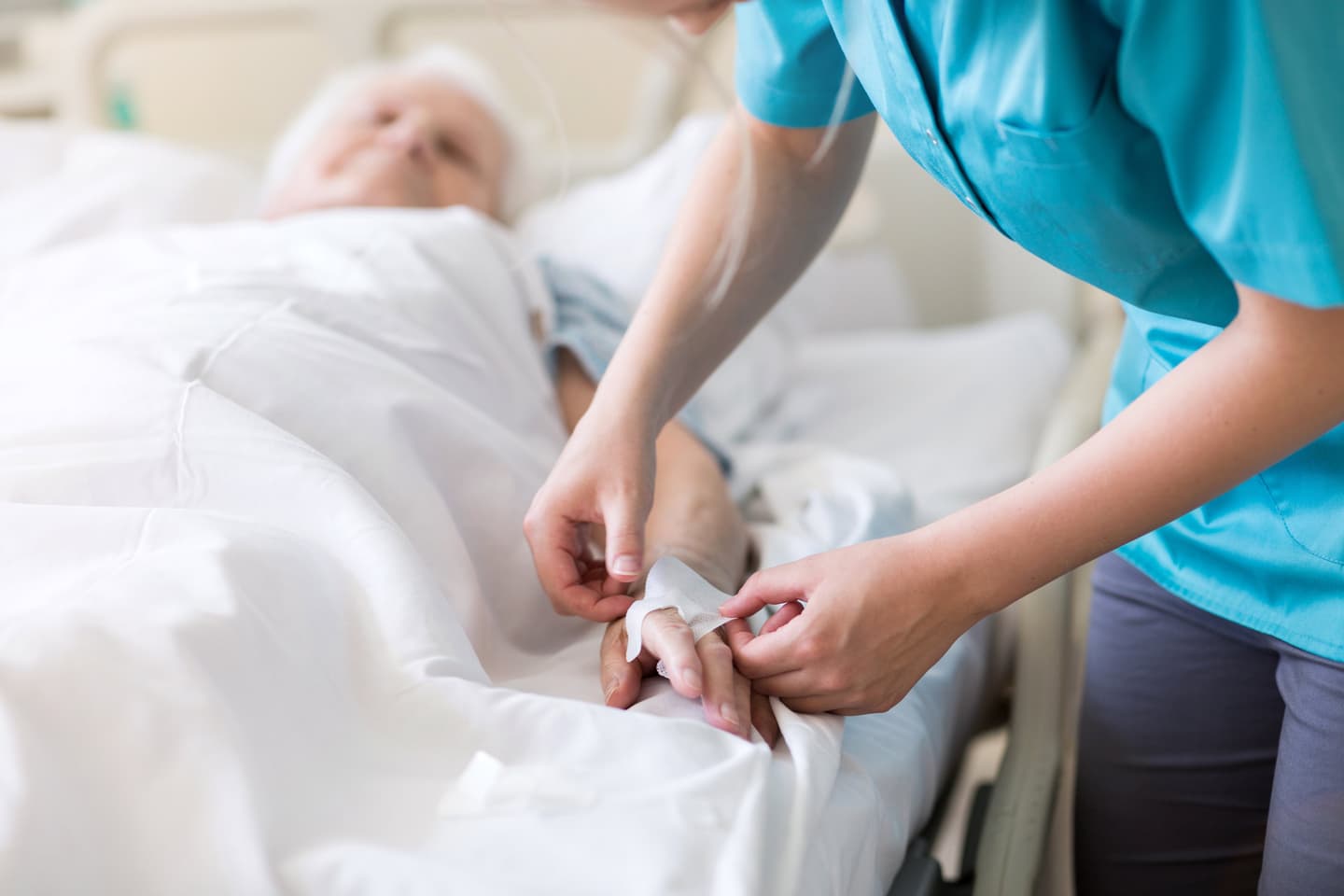Tays Central Hospital: Ensuring support functions in rapidly changing environment
Tays Central Hospital is responsible for the demanding special care of over a million people in Finland, offering expertise in nearly all medical specialties. We facilitated the renewal of the hospital’s Support Service Centers’ processes, placing people first, streamlining workflows, increasing efficiency, and helping them focus on what’s essential.

The challenge
The Tays Support Center employs approximately 900 professionals and provides support services for the hospital district and its partners in both patient work and corporate governance. The unit operates throughout the organization in six areas, including support services for hospital and equipment care, premises, ICT, staff and patients, financials and accounting, and research. The support functions have a crucial impact on how the hospital as a whole performs. As its operational environment is rapidly changing, the need for a process renewal was acute. For example, new service providers need to be effectively introduced to their work, and responding to the pandemic requires rapid changes in operating models. Our in-depth experience in human-centric service design made us the right partner to facilitate the renewal.

Outcomes and impact
Supporting customer-centric thinking: more satisfied customers/patients.
Smoother communication and more empathy, easier division of responsibilities, increased work motivation and commitment: better work experience.
Up-to-date process descriptions: situational awareness and the right starting point for further development.
What we did
To identify challenges and new possibilities, we modeled the current state of ten selected service processes, covering a wide range of operations, from equipment maintenance (CSSD) and ward services for patients to HR services and employees’ continuous learning.
The modeling proceeded in co-working sprints, with each process separately modeled and clearly visualized into a blueprint, and lessons learned carried over to the next sprint. The Tays employees who participated in modeling the processes were asked to think in advance about who the customer is and who are involved in the service process. In most processes, the customer is a healthcare professional using the service.
We started by defining the goals and strengths of each service process as well as identifying assumptions about the causes of any problems. Next, we identified the roles and people involved in the selected areas of work, as well as their practical needs and goals, after which we focused on the customers by describing their tasks along the journeys as chronologically as possible. Then we described the other roles related to the customers’ journeys and drew links between their actions. After the service process draft was done, we validated it by deepening our understanding of the customer perspective. We then finalized and rechecked the service blueprint and identified various measurement methods for the processes, including efficiency and work satisfaction.
Equipment maintenance (CSSD) was selected as the first process to undergo renewal, with five recognized development and testing areas. A two-month piloting stage ensured the right decisions were made. Afterwards, we analyzed the results and updated the best ones into the service process blueprint. All of this was successfully done remotely, using robust tools like Miro Whiteboard.
Why it matters
The agile process modelling delivered concrete results and impact in healthcare. It helps Tays create timely, smooth, secure and precise support functions that meet the customers’ and employees’ needs now and in the future. All this is achieved through new ways of working, improved communications, ownership of work and easier sharing of responsibilities.
The workshops created the basis for improved interaction between people in different roles. The improved visibility into each other’s tasks broadens perspectives, helps in communicating and sharing the responsibilities and increases empathy. When everyone recognizes the importance of their role as part of a larger whole, everyone gains increased significance, motivation, and commitment for their work, too. The new ways of doing things and ownership of the work inspire and encourage people, paving the way for the most humane approach to achieving cost-efficiency and savings crucial in healthcare.
The development of service processes helps Tays identify new areas for development and have a tangible impact. Renewal is proceeding apace, one service at a time.
The collaboration with Futurice has given us a great starting point for customer-centric and visual service development, which has now become our new routine. This is a major change in the traditional healthcare sector, and has a clear impact on identifying the development areas previously unnoticed, and to make a concrete impact on them.
About Tays
Tays Central Hospital is responsible for the demanding special care of over a million people in Finland, offering expertise in nearly all medical specialties. In addition to Pirkanmaa residents, it provides treatment to patients in the areas of Tavastia Proper, Päijänne Tavastia and Southern Ostrobothnia. Also, many patients in the Vaasa Hospital District have chosen Tays as their university hospital.
Get in touch
Looking for help with an idea, brand new brief or in-flight project? Drop us a line for a straightforward conversation.